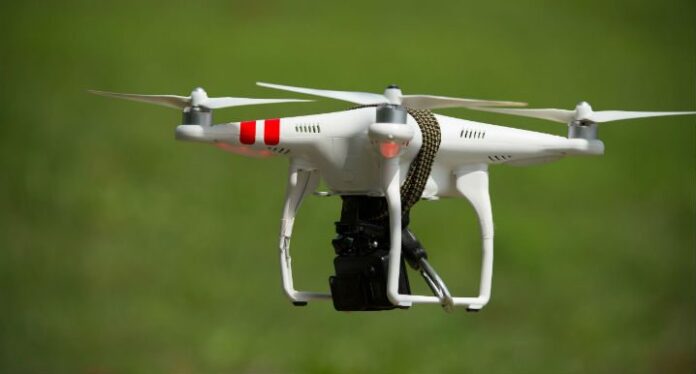Regulations for drones in the works
WASHINGTON – The U.S. Department of Transportation’s Federal Aviation Administration last month released its proposed framework of regulations that would allow routine use of unmanned aircraft systems – drones – for commercial purposes.
Until recently, the use of UAS in a commercial capacity was prohibited unless the operator was able to obtain an FAA exception. As of last month, 26 such exceptions had been issued. Those who qualified needed to go through a review process including obtaining a private pilot’s license and passing a flight physical.
The commercial potential of UAS is huge. The drones can be used to inspect cell towers and power lines, give prospective homebuyers a bird’s eye view of properties, and monitor crops and livestock with an accuracy and speed previously only possible with expensive and cumbersome helicopters.
The proposal is targeted at small craft, which are defined as weighing less than 55 pounds. Under the new rules, pilots for many drones, which fit the requirements, would be required to pass a written exam on FAA UAS safety regulations and restrictions. They would then be required to requalify every two years in order to keep the license valid.
Another new rule governing the use of UAS mandates that the flights should be limited to a 500-foot altitude at no faster than 100 mph. UAS operators must always see and avoid manned aircraft. If there is a risk of collision, the UAS operators must be the first to maneuver away; operators must stay out of airport flight paths and restricted airspace areas and obey any FAA Temporary Flight Restrictions.
Many of the TFRs were written in the wake of a series of incidents, which caused serious safety concerns for the FAA, including one in May when a UAS almost collided with a commercial aircraft. The results of such a collision could have been extremely hazardous.
The FAA framework proposal is currently undergoing a legally mandated 60 days of public comment. Some potential UAS operators such as Amazon, which is currently developing its Air Prime system to use drones to deliver packages in a matter of minutes, have expressed dissatisfaction with the FAA’s proposed rules. Amazon VP of global policy Paul Misener said, the “FAA rules would not allow Air Prime to operate in the United States.”
The FAA states that its position is to remain flexible as technology continues to evolve faster than regulation can be written.
Secretary of Transportation Anthony Foxx said, “Technology is advancing at an unprecedented pace and this milestone allows federal regulations and the use of our national airspace to evolve to safely accommodate innovation.”

